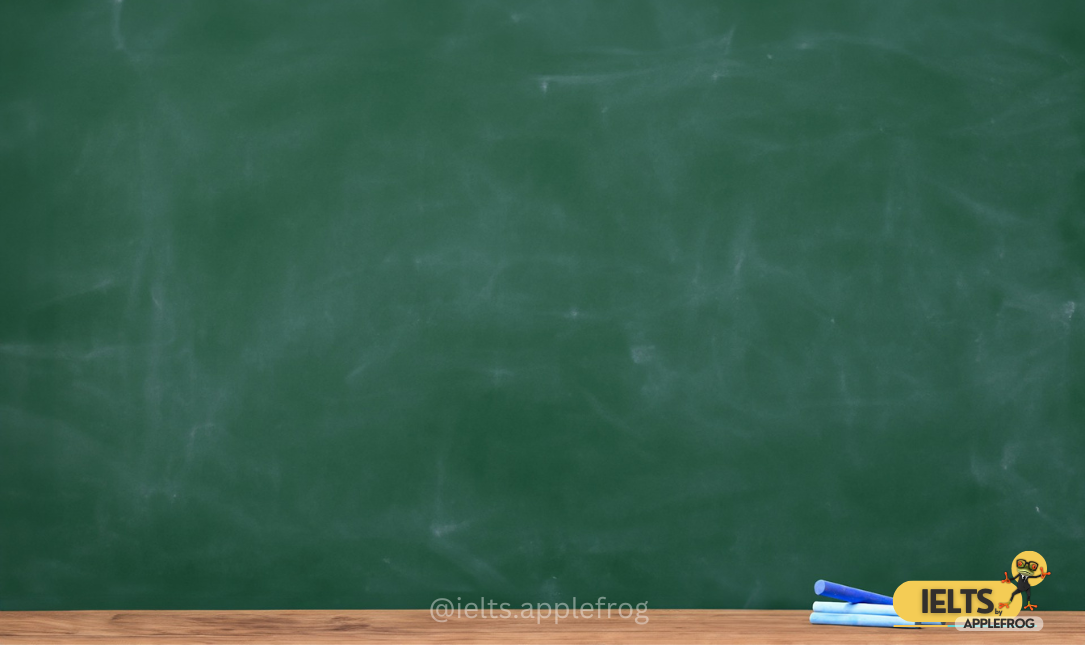
Verb Voice
Verb voice determines whether the subject performs the action (active voice) or receives it (passive voice).
Active Voice: Definition, Characteristics, and Examples
-
Characteristics:
- The subject is the doer of the action.
- Follows a subject-verb-object (SVO) structure.
- Clear, concise, and engaging.
-
Examples:
- “He solved the puzzle.”
- “The team scored a goal.”
- “She designs innovative apps.”
- “We painted the walls.”
- “They prepared a presentation.”
-
Advantages:
- Clarity: Clearly shows the performer of the action.
- Conciseness: Results in shorter, direct sentences.
- Engagement: Makes writing lively and impactful.
- Common Usage: Narratives, instructions, and everyday communication.
Passive Voice: Definition, Characteristics, and Examples
-
Characteristics:
- The subject receives the action.
- Follows an object-verb-subject (OVS) structure.
- Uses a form of “to be” and the past participle of the main verb.
-
Examples:
- “The report was completed by the analyst.”
- “The vase was crafted by an artisan.”
- “The invitation has been sent.”
- “The lawn was being mowed by the gardener.”
- “The decision will be announced by the board.”
-
Reasons for Use:
- Emphasis on receiver: Highlights the object of the action.
- Formality: Common in academic and professional writing.
- De-emphasizing the doer: Useful when the doer is unknown or irrelevant.
-
Drawbacks:
- May obscure the doer of the action.
- Can result in longer, less direct sentences.
Converting Between Active and Passive Voice
-
Active to Passive: The object of the active sentence becomes the subject in the passive sentence. Use a form of “to be” and the past participle.
- Active: “She painted the portrait.”
- Passive: “The portrait was painted by her.”
-
Passive to Active: The subject of the passive sentence becomes the doer in the active sentence. Rewrite the verb in its active form.
- Passive: “The package was delivered by the courier.”
- Active: “The courier delivered the package.”
Differences Between Active and Passive Voice
| Aspect | Active Voice | Passive Voice |
|---|---|---|
| Focus | On the doer of the action | On the receiver of the action |
| Structure | Subject-Verb-Object (SVO) | Object-Verb-Subject (OVS) |
| Examples | “The chef cooked the meal.” | “The meal was cooked by the chef.” |
Verb voice determines whether the subject performs the action (active voice) or receives it (passive voice). Mastering verb voice enhances clarity and precision in writing.
Understanding verb voice is essential for effective communication. Active voice ensures clarity and engagement, while passive voice shifts focus to the action or its receiver. Knowing when to use each voice can enhance the impact and readability of your writing.
RELATED POST












 Here can be your custom HTML or Shortcode
Here can be your custom HTML or Shortcode
0 Comments